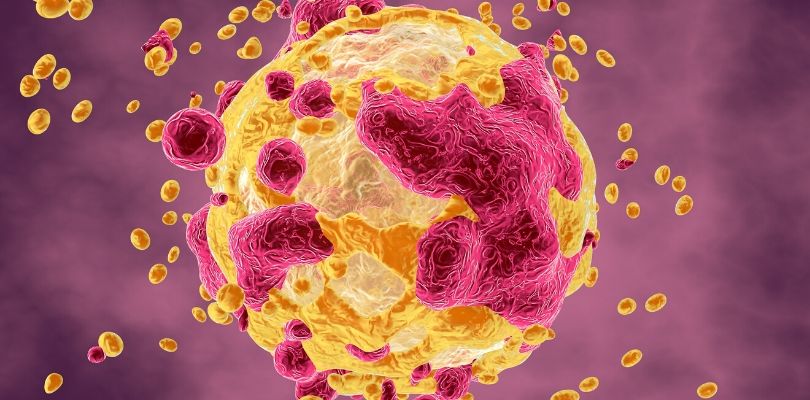Determining Your Risk, Screening Schedule, and Best Steps Toward Prevention
Prostate cancer is a major health concern for American men, with over 2.5 million suffering from the disease today. Like most cancers, prostate cancer can be a life-threatening condition, but it does have some unique characteristics that could impact any man’s treatment and prognosis.
Unlike some other cancers, quick, aggressive treatment isn’t always the answer. The way prostate cancer develops, combined with your personal health and medical history, will dictate your best course of action. Learn the key points about spotting, diagnosing and managing prostate cancer to stay one step ahead of the threat.
Some Men Have a Significantly Greater Risk
Prostate cancer risk increases with age, but age isn’t the only factor. While it’s rare for men under 40 to develop the disease, you have a higher chance of diagnosis earlier in life when your genes, ethnicity and lifestyle are working against you.
Although scientists can’t explain why, prostate cancer affects black men more often than other groups, and Asian men have the lowest risk. But your family history plays an important role, too: if your father or brother was diagnosed, you could be two to three times more likely to develop the disease than the general population.
A sedentary lifestyle and poor diet that’s heavy in red meat can tip the scales even further.
What is sarcoma? Sarcoma is a rare type of cancer that can overtake skin and bone cells. Learn more about the symptoms and treatments here.







